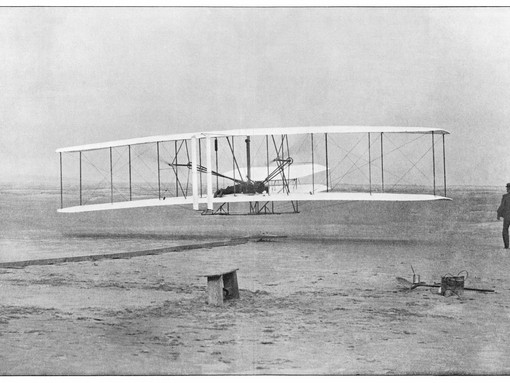
Air Canada retires Boeing 767 after an amazing 139,000 hours of flight
Air Canada recently retired the Boeing 767-300ER passenger aircraft that had the most operating hours in the world.
With 211 seats in total, the aircraft FIN682 has flown hundreds of thousands of passengers throughout its 31 years in the air, first being delivered to the company in May 1988. It has completed more than 139,000 hours of flight.
The 767 range were first introduced in 1981 as a mid-large, mid-long-range jet airliner by Boeing, the first of their wide-body twinjet. Its operating range is up to 6,385 nautical miles depending on which variant.
Air Canada’s range of B767 aircraft, of which it only has five remaining, normally fly domestic and international flights out of Toronto International Airport as well as from Ottawa to London.
The Gimli Glider
An Air Canada 767 garnered international fame in 1983 with Air Canada Flight 143. A domestic passenger flight between Montreal and Edmonton, the Boeing 767-233 ran out of fuel at 41,000 feet in the middle of the flight. A combination of the fuel load being calculated in pounds instead of kilograms and the consequentially wrong reading on the flight management computer falsely convinced the pilots that they had enough fuel for the complete journey when this was incorrect.
The 767 was one of the first aircraft that included an electronic flight instrument system, which was operated by the jet engines. With these now out of fuel, the system went off leaving only basic systems for the pilots – not including instruments to read rate of descent or calculations of how long the aircraft could glide unpowered.
Furthermore, the hydraulic systems for aircraft control were powered by the jet engines, with only a deployable air turbine as backup. As the aircraft slowed down, the power this turbine produced would diminish, meaning the control of the aircraft would suffer.

Nonetheless, the pilots managed to glide the plane to the former Royal Canadian Airforce Station Gimli. Without the ability to hydraulically lock the nose landing gear, the nose of the aircraft scraped across the ground, straddling against a guard rail in the centre of the drag race track that was substituting for a runway.
Remarkably, all 69 people on board survived with only a few minor injuries.
The Gimli Glider aircraft as it soon became known was repaired after the incident and after a total of 25 years of service it flew its last commercial flight in 2008, before being scrapped in 2014.
















